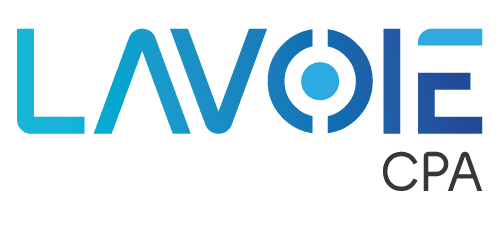For most Federally Qualified Health Centers (FQHCs), the challenge isn’t passion or purpose; it’s resources. Leaders are constantly balancing budgets, funding limitations, and staffing needs while trying to expand patient access. Yet one of the most overlooked opportunities for improvement lies inside the organization itself: how departments use their budgets.
Understanding where and how each department spends its resources can transform financial management from reactive to strategic. Instead of discovering issues at year-end, you gain the power to adjust mid-cycle, reallocate efficiently, and ensure every dollar supports your mission.
Below, we explore three key benefits of optimizing departmental costs and how each one drives stronger performance across your FQHC.
Understanding Departmental Spending
Visibility starts with clarity. Many FQHCs track overall financial performance but lack detailed insight into how individual departments use their budgets. This creates a blind spot that can hide inefficiencies or uneven resource allocation.
When leadership can see spending patterns by program, clinic, or service line, financial conversations become more focused and actionable. Departments that consistently overspend or underutilize their budgets reveal where adjustments are needed, before problems escalate.
In our upcoming article Understanding Departmental Spending, we’ll discuss how mapping out your department-level data can uncover insights that traditional reporting often misses and help you realign financial decisions with operational needs.
Identifying Cost-Saving Opportunities Without Sacrificing Care
The goal of financial optimization isn’t to cut, it’s to strengthen. By analyzing your cost structures, you can often find opportunities to save without reducing quality or patient access. For instance, identifying redundant purchases between departments or automating manual approval processes can lead to immediate, measurable savings.
These savings then translate directly into mission support, such as increased community outreach, new services, or staff training initiatives. In our next blog, Identifying Cost-Saving Opportunities Without Sacrificing Care, we’ll dive deeper into how strategic reviews can free up funds that fuel your organization’s growth.
Building Financial Transparency Across Departments
Transparency is what sustains efficiency. When department leaders understand how their spending affects the organization as a whole, they become active partners in financial stewardship. Shared dashboards, clear reporting structures, and regular cost reviews create alignment between operations and finance.
This open communication not only improves accuracy, but it also fosters accountability and collaboration. In our piece Building Financial Transparency Across Departments, we’ll explore how data-sharing and consistent communication create a culture of continuous improvement and shared ownership.
The Result: Financial Clarity That Drives Mission Impact
FQHCs that gain insight into their departmental spending don’t just save money; they build resilience. Real-time visibility supports smarter budgeting, proactive resource allocation, and stronger alignment between financial performance and patient care outcomes.
Efficiency and compassion can coexist. When your financial systems and your mission move in sync, your organization becomes stronger, steadier, and ready to grow.
At Lavoie CPA, we help FQHCs analyze departmental data, uncover cost-saving opportunities, and build transparent systems that sustain long-term success.
If your center is ready to strengthen visibility and align every dollar with purpose,
Start the conversation today.

